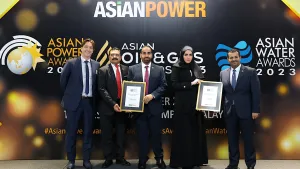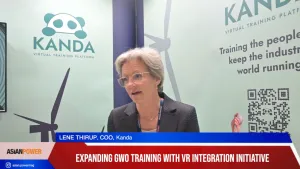News
Walking The Fine Atomic Line
As one of the world's foremost users of electricity, Japan has a huge burden to carry when it comes to power generation. Logically, it seems that the best way to satisfy this need is nuclear energy. It's relatively clean, efficient, and totally in sync with Japan's meticulously high-tech national character. However, recent events involving repeated safety shutdowns have been leaving power-watchers sceptical about Japan's nuclear future. Japan has been harnessing nuclear power since 1966. At present, there are 55 nuclear plants providing approximately 30% of the country's electricity, and this number is expected to rise up to 40% by 2017.
Walking The Fine Atomic Line
As one of the world's foremost users of electricity, Japan has a huge burden to carry when it comes to power generation. Logically, it seems that the best way to satisfy this need is nuclear energy. It's relatively clean, efficient, and totally in sync with Japan's meticulously high-tech national character. However, recent events involving repeated safety shutdowns have been leaving power-watchers sceptical about Japan's nuclear future. Japan has been harnessing nuclear power since 1966. At present, there are 55 nuclear plants providing approximately 30% of the country's electricity, and this number is expected to rise up to 40% by 2017.
No borders for Vietnam's power needs
With a rapid economic growth (GDP projected to grow at about 8 to 9 percent during 2006-2010), the power demand in Vietnam is forecast to grow at an average of 16 percent per year during the next five years. During the January 2008 to May 2008 period, the national consumption surged by 19 percent, with the southern region (home to the country's industrial hub), jumping 28 percent, up from an average growth of nearly 14 percent in the same period of 2007.
China's power generation shares in trouble
Skyrocketing coal prices and the Chinese government's decision to cap electricity tariffs have China's power generation companies' shares dropping left and right. And some analysts think it's going to get worse before it gets any better.
Delhi pioneers distribution reform
Last month we examined what ails the distribution segment of the electricity business in India and the challenges facing the Distribution Companies (Discoms, in common parlance). Over the past two decades India has been struggling to reform the distribution sector managed by more than a hundred utilities in 35 States and Territories. Electricity is a concurrent subject in India which means although there are federal laws, States are empowered to enact their own amendments to the basic laws. Thus several States passed their own legislation and tried out different models for privatising and restructuring. Some models yielded less than desired results and some others were spectacular failures driving the sector into even deeper crisis.
The Gathering in Goa
The "9th Regulators and Policy Maker Retreat" at the Hotel Marriot Resort in Goa was an astonishing event. Organised by the IPPAI (Independent Power producers Association of India), endorsed and supported by the IPPF, this was beyond the intimate compact gathering implied by the word "Retreat". It was a full blown conference of major proportions incorporating key themes of vital importance. Subtitled "Pan-Asian Perspective on Regulatory Convergence Across Key Infrastructure Sectors". Under this cross-sector banner, the IPPAI's Goa conference drew an amazing array of top experts from three key sectors: power, oil & gas, energy, etc., telecommunications and aviation.
China looks beyond coal to fuel its dragon economy's fire
Over the last two decades, China’s unprecedented economic growth has led to rapid growth in electricity demand. Supply has not always kept pace with demand growth. Power shortages occurred frequently during 2002-2005, notably in the high economic growth regions, such as the provinces of Shanghai, Jiangsu, Fujian, Anhui and Guangdong. A return to a more balanced supply and demand situation was achieved in most regions in 2006 and continued into 2007, as capacity expanded by approximately 200 GW over the last two years. A few regions still face potential shortages, due to transmission constraints or severe weather conditions.
CR Power ups net generation in July
China Resources Power's total net generation on a consolidated basis in July 2009 increased by 13.5 percent to 6,806,236 MWh from 5,997,499 MWh from last year.
CLP acquires Chinese wind farms of Roaring 40s
CLP has agreed to acquire the Mainland Chinese wind farm portfolio of Roaring 40s Renewable Energy Pty Ltd (Roaring 40s). A joint venture between CLP and Hydro Tasmania, Roaring 40s was formed in September 2005 to undertake renewable energy projects in Australia and Asia.


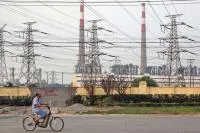
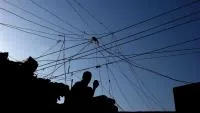
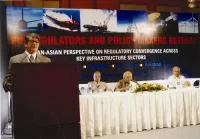
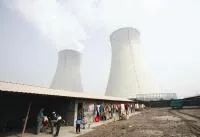




 Advertise
Advertise


